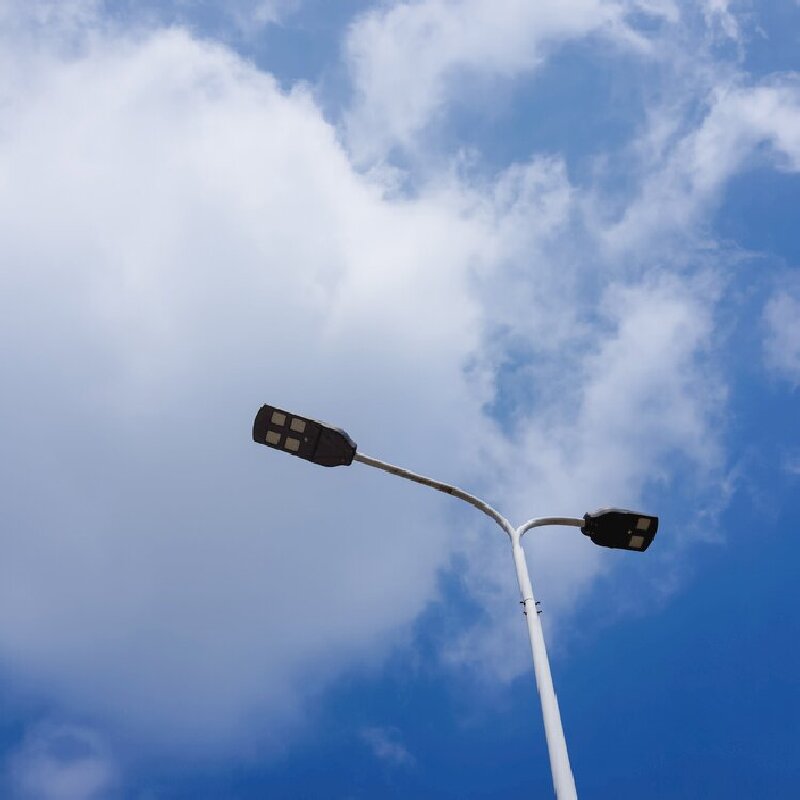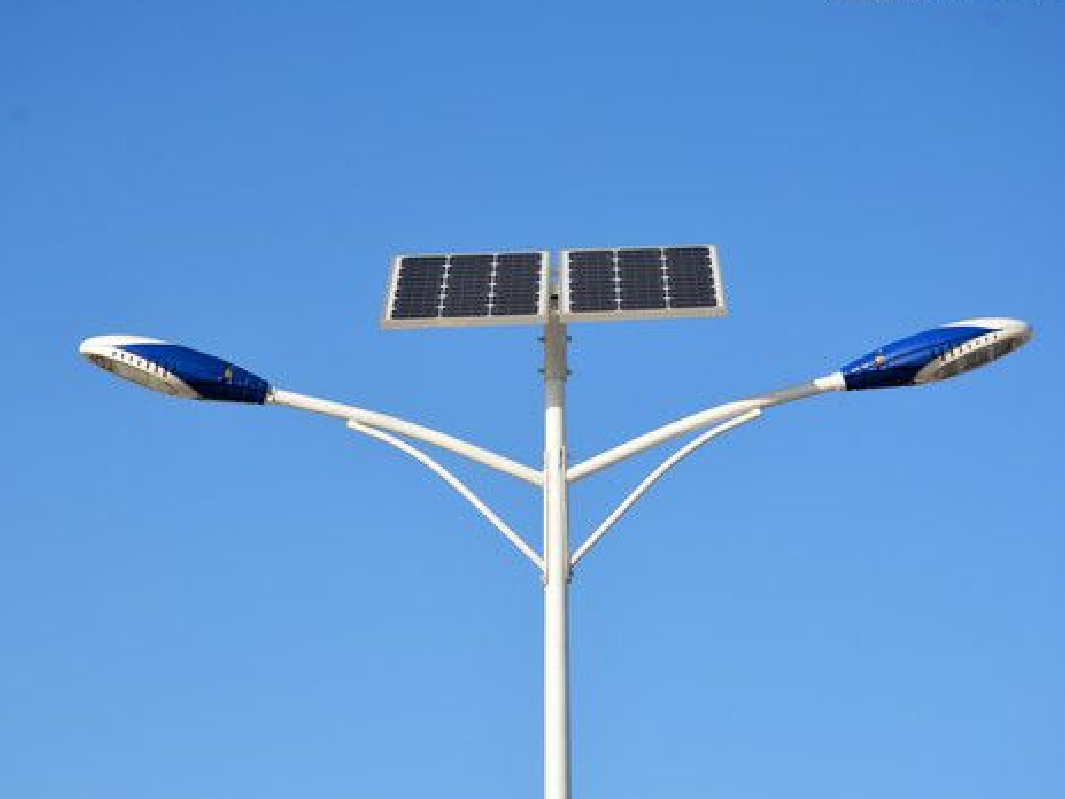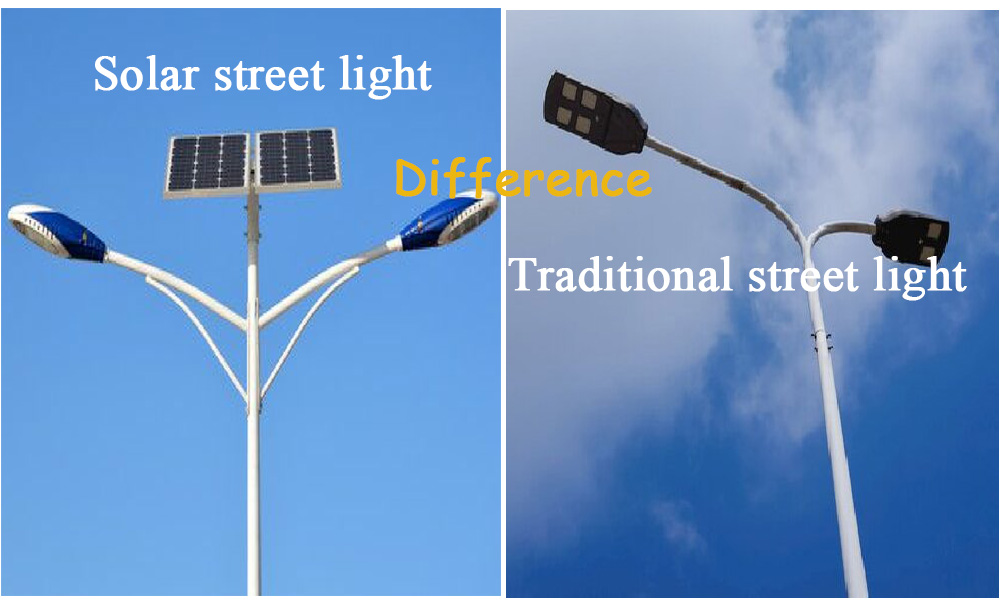More solar street lights are being installed worldwide and are slowly taking over as the way to illuminate the streets at night, but what are their differences? Why are solar street light systems being used now instead of bringing in the electric and using a traditional street light?
To understand their differences, first you need to comprehend the different working methods of traditional street lights and solar street lights:

Traditional electric street lights are outdoor lighting fixtures that are connected to the electrical grid and are primarily used for illuminating streets, roads, and public spaces during the night. These lights have been the standard for street lighting for many years.
Main component:
Light Fixture: Equipped with LEDs, this is often mounted on a pole.
Electrical Ballast or Driver: This component regulates the current to the lamp, providing the necessary voltage to start and operate the light. In HID (High-Intensity Discharge) systems like HPS or metal halide lamps, a ballast is necessary. For LED fixtures, a driver is used to convert AC to DC power and to manage the current.
Pole: Supports the light fixture .

Solar street light is a form of solar lighting system where the key components are separated and installed individually. Unlike all-in-one or integrated solar street lights where the solar panel, battery, light source, and controller are housed in a single unit, in a split-type system, these components are distinct and can be installed in different locations.
Main component:
Solar Panel: Installed typically on a pole or a nearby structure, it captures sunlight and converts it into electrical energy.
Light Fixture: Equipped with LEDs, this is often mounted on a pole.
Battery: Stores the solar energy, installed at the base of the pole or underground before time , installed under the solar panel now.
Charge Controller: Regulates the charging of the battery to prevent overcharging or over-discharging.
Pole: Supports the light fixture and sometimes the solar panel.
Solar street lights and traditional street lights differ primarily in their power source and installation requirements. Here's a breakdown of the key differences:
Power Source
Solar street Lights: Powered by solar energy. They have photovoltaic (PV) panels that convert sunlight into electrical energy, which is then stored in batteries for use at night.
Traditional street lights: Powered by electricity from the grid. They rely on the standard electric power supply provided by power plants, which may se various energy sources like coal, natural gas, nuclear power, or renewables.
Installation and Wiring
Solar street lights: Generally easier and more flexible to install since they do not require connection to the electrical grid. They are standalone units with built-in solar panels and batteries.
Traditional street lights: Installation often requires wiring to the electrical grid. This can be more complex and usually needs to be done by a qualified electrician.
Operating Cost
Solar street lights: Lower operating costs, as they use free energy from the sun. The primary costs are upfront purchase and occasional maintenance.
Traditional street lights: Incur ongoing operating costs related to electricity consumption. The cost depends on local electricity rates and usage.
Maintenance
Solar street lights: Require some maintenance, such as cleaning solar panels and replacing batteries every few years.
Traditional street lights: Maintenance typically involves bulb replacements and, occasionally, electrical system checks.
Environmental Impact
Solar street lights: Generally more environmentally friendly, as they use renewable solar energy and have a smaller carbon footprint.
Traditional street lights: Their environmental impact depends on the source of the electrical grid power. If the grid uses fossil fuels, the lights indirectly contribute to greenhouse gas emissions.
Performance and Reliability
Solar street lights: Their performance can be affected by weather conditions and location (e.g., less effective in areas with low sunlight). However, advancements in technology have significantly improved their efficiency and reliability.
Traditional street lights: Typically more consistent in performance, as they rely on the stable supply of electricity from the grid.
Application
Solar street lights: Ideal for remote or off-grid areas, outdoor lighting, garden lights, and places where wiring is impractical.
Traditional street lights: Commonly used in residential, commercial, and industrial settings where a reliable connection to the electrical grid is available.
In summary, solar street lights offer benefits in terms of environmental impact, installation flexibility, and operating costs, but they may be less consistent in performance compared to regular lights, especially in areas with limited sunlight. Traditional electric lights, while more reliable in terms of consistent lighting, have higher operating costs and a potentially greater environmental impact, depending on the power source.
If you want to know more information of solar street light ,please contact Qingdao Hitech New Energy Co.,Ltd .Since our company's inception, we have amassed over 15 years of experience in producing street lighting projects both domestically and internationally, equipped with extensive production and tec

ADDRESS:Guoji Industrial Concentration Zone, Songqiao Town, Gaoyou City
Online Messages
Scan the QR code

View Mobile
Copyright ? 2021-2023 Yangzhou Borui Optoelectronic Lighting Co., Ltd. All Rights Reserved 備案號: 蘇ICP備2023016865號
Technical support: WDL